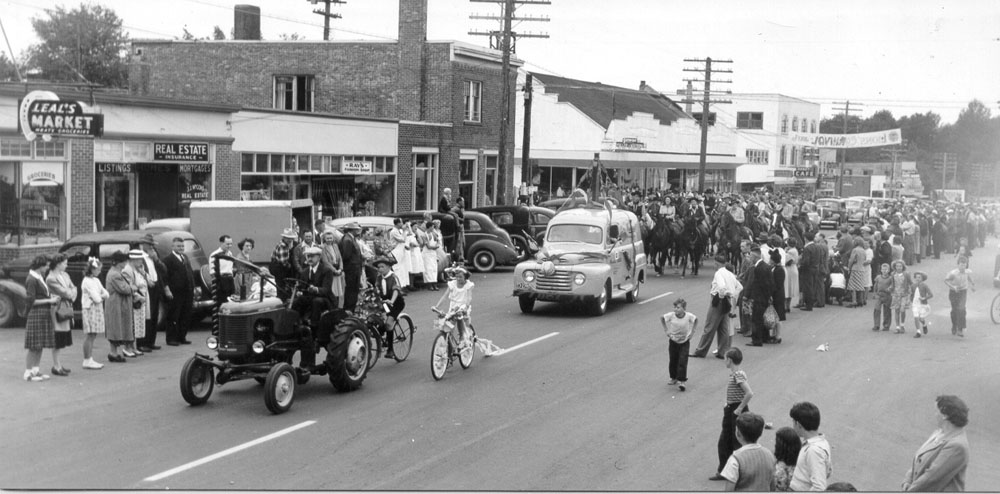
In 1901, the Maple Ridge Agricultural Association formed in order to hold Fall Fairs and to “encourage the cultivation of the soil and the general development of all agricultural resources of the district and to foster every branch of mechanical and household arts calculated to increase the happiness of the home.”
The first Fall Fair was held that same year on Callaghan Street, in and around the first municipal hall on September 9. There were competitions for livestock, field and garden produce, canning, pickling and ladies work. The fair was a considerable success, with 496 entries and 76 members enrolled in the association. Hector Ferguson was the first president of the Fall Fair.
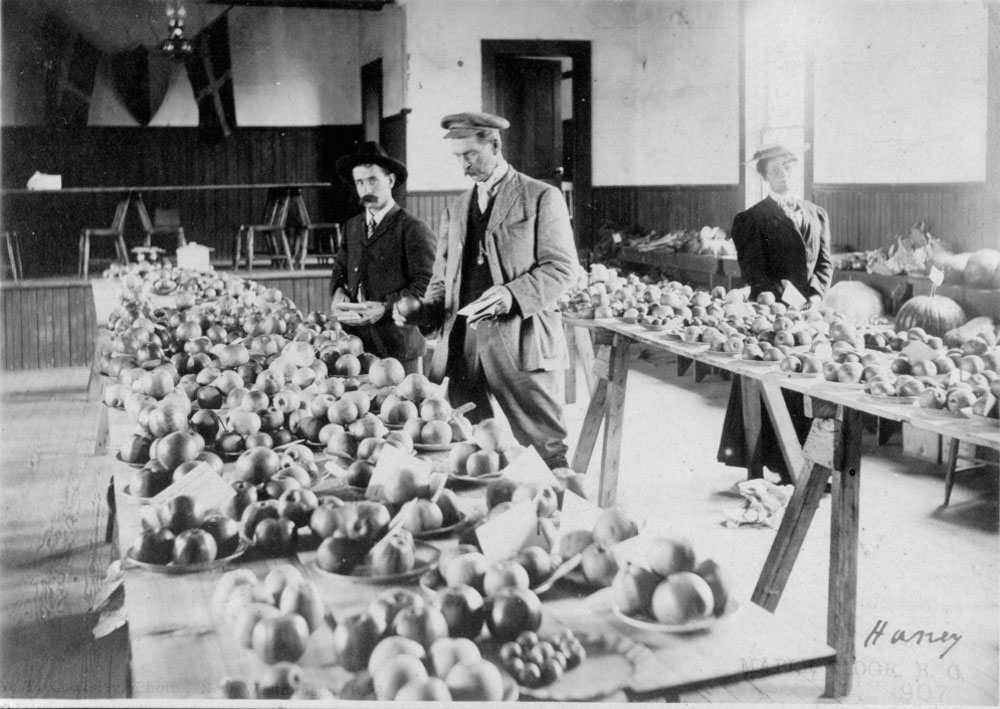
There was even a 12 mile bicycle race despite not having 12 miles of continuous road. The riders did a three mile loop four times and due to wet conditions, every rider fell at least once. It was won by teenager D. A. McCannell.
In 1902, with the overwhelming popularity of the fair the year before, the school board gave the children a public holiday for the event, held over two days to allow for set up and judging.
The next year, in 1903, the Agricultural Association purchased the Callaghan grounds from Thomas Haney for $200, giving him $50 down.
Later on in 1908, the event was moved to what was later to be called “the Aggie grounds”. The agricultural association subdivided the old grounds and sold them for a thousand dollars all together, and paid Thomas Haney, again the landholder, $700 for the new land.
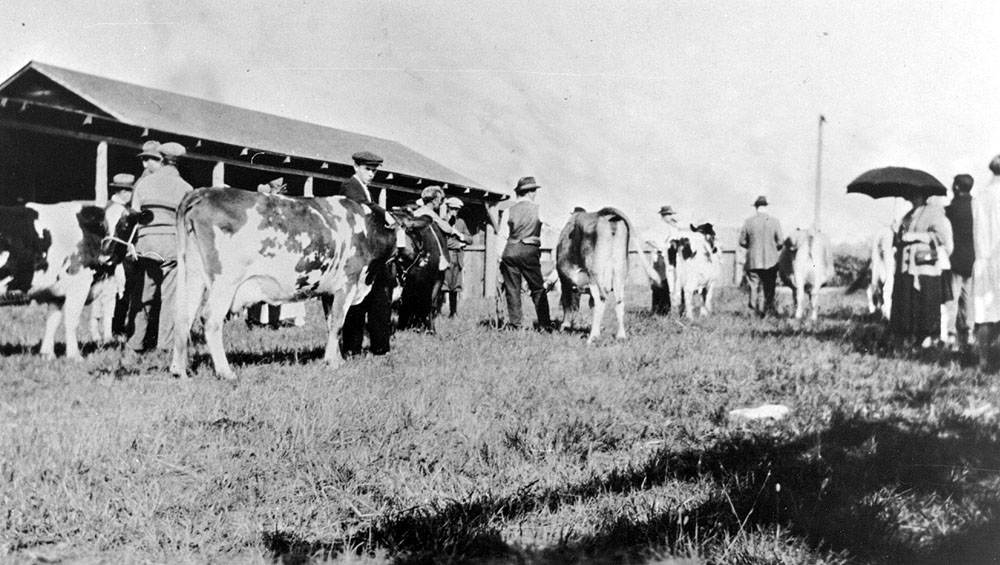
The Aggie Hall and its surrounding grounds became a landmark for Maple Ridge residents. The hall’s plans were drawn up by Hector Ferguson, Nelson Lougheed, and A. Baillie, and it formally opened with a concert on September 7, 1909. The hall was used as a roller skating rink, rented out by various groups and organization, served as the location for the Fall Fair and May Day celebrations. It was used for dances, parties and meetings.
1921 was the 21st anniversary of the Fall Fair and it was planned to be the best one yet. It was deemed the finest and largest fall fair in history, and included a very successful district exhibit was placed at the New Westminster Fair.
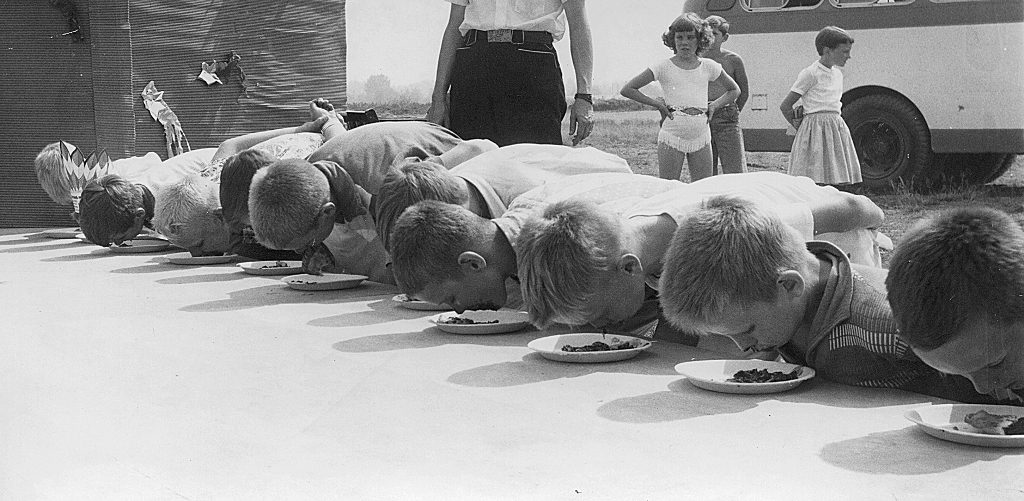
It was not until the 1950s that the date of the Fall Fair moved from a day in September to August. In 1959 the fair moved to the grounds of Spencer Farm in Albion, where it would thereafter occur in July. According the Gazette newspaper, one of the best Fall Fairs was in 1956, when more than 7,500 people paid the 50 cent admission to enjoy the festivities. The fair manager was Percy Greenhill and the president was Spencer Pallot.
Throughout its life the Fall Fair has had many names, including the Haney Fall Fair and the North Fraser Fall Fair. For a short while, it was called the Ridge Meadows Fair.
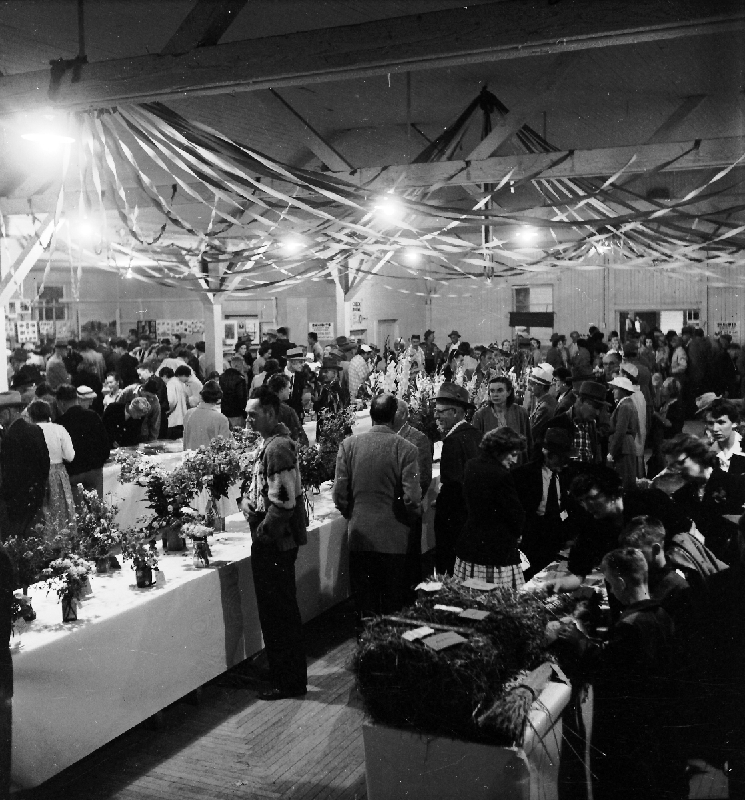
The Fall Fair officially dropped the “fall” from the title only in 1998, although the event had taken place in July for numerous years already. It was simply known as the Maple Ridge Fair. In more recent years, the name has changed again to “Country Fest”.